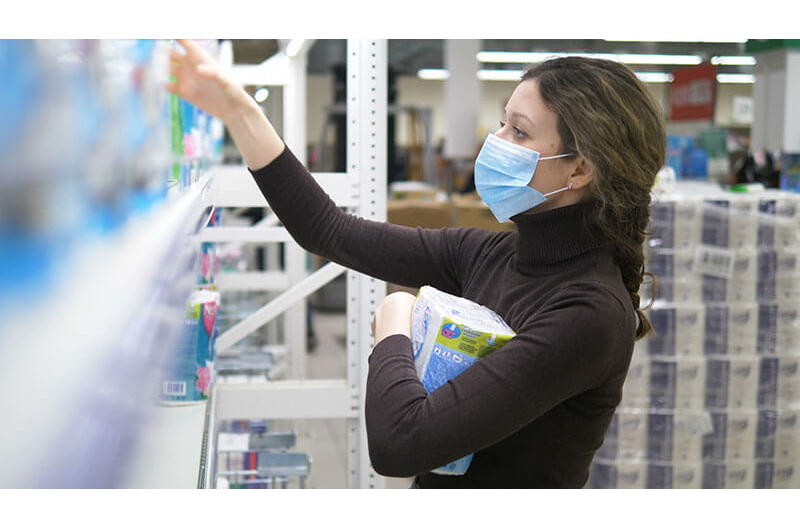By Jim Dudlicek / NGA Director of Communications and External Affairs
As the pandemic drags on into 2021, we look for all the good news we can. And reports of a COVID vaccine being available, delivered and administered is certainly great news. Meanwhile, as the vaccine is gradually rolled out across the globe, life goes on and amid a year’s end surge of coronavirus cases, many folks reportedly have returned to stockpiling groceries. That certainly puts added stress on the supply chain and the frontline workers, from warehouse to supermarket, who keep it moving.
Of course, the supply chain is in fine shape – despite regional anomalies in some high-demand product categories, product is plentiful and continues to flow toward retailers, who have demonstrated how resourceful they can be in procuring extra goods for their customers.
And you folks are reporting a mixed bag. Retail members responding to a recent NGA survey revealed that just over half of you (55 percent) have been seeing shoppers pick up extra product in high-demand categories, with the rest reporting little evidence of panic buying in the weeks leading up to the holidays.
In any case, there’s good news for basket rings at independent supermarkets. More than a quarter (28 percent) of consumers shop at small, local grocery stores, according to late-November surveys from Shopkick and ACI Worldwide. And though e-commerce continues to gain a foothold, nearly 80 percent of the U.S. consumers polled prefer to buy at least some of their groceries in physical stores.
What do folks prefer to shop for in person? The fresh perimeter – perishables like fresh meats, fruits and vegetables, the survey reports. These are areas where independents excel, often using them as key points of differentiation from their larger chain competitors, and they continue to be worthy of ongoing attention and investment.
That doesn’t mean independents should let up on their efforts to boost their e-commerce infrastructures. On the contrary, constant service enhancements are essential to ongoing success, as online shopping, either for pickup or delivery, will become routine for a greater number of people even after the pandemic is over.
Despite an affinity for the in-store experience, 16 percent of grocery shoppers surveyed are buying less in-store and more online than before the pandemic, versus 4 percent who said they shifted from in-store to online in March. Nearly a quarter (23 percent) said they’re ordering groceries online for home delivery more now than before the pandemic, with 21 percent opting for curbside pickup and 12 percent increasing use of in-store pickup.
Meanwhile, what’s leading stockpilers’ shopping lists is no surprise: toilet paper, water, cleaning supplies, hand sanitizer, medicine and medical items, and pet supplies, in addition to food. And shoppers have again encountered out-of-stocks as they did in the first wave of the pandemic.
Generally, grocers are better prepared for the second wave after having experienced the first, though it makes it no less stressful. But these past few months have shown independent operators to be among the most innovative folks in the industry at sourcing high-demand goods and keeping their customers informed, satisfied and safe.
Read more about the Shopkick survey here and the ACI study here.

